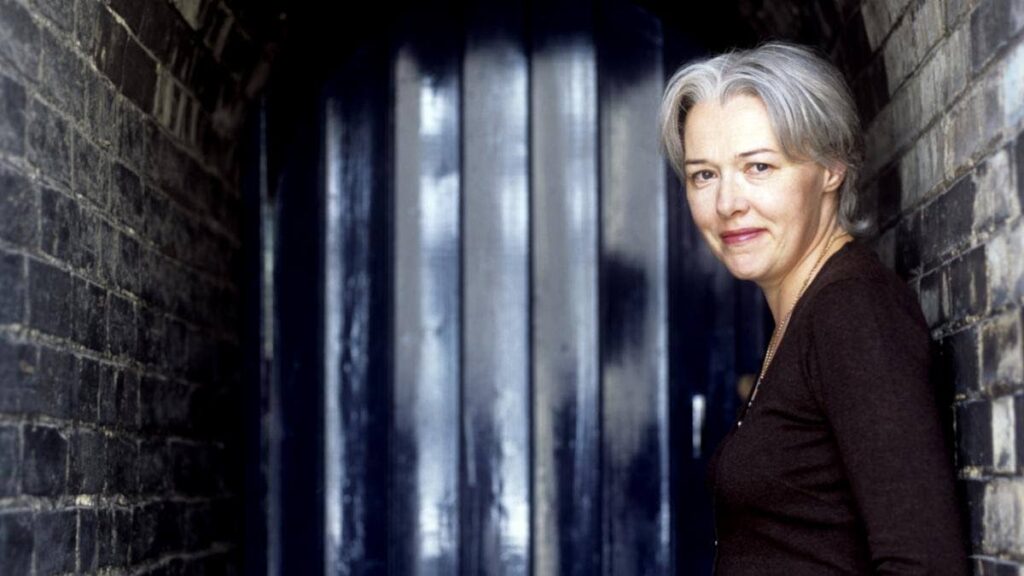Piranesi: a House of many mansions

“When the Moon rose in the Third Northern Hall I went to the Ninth Vestibule to witness the joining of Three Tides.”
At first reading, the opening sentence of Susanna Clarke’s novel Piranesi, despite being irresistibly intriguing, might make your heart sink a little. The complicated geography (do I need to be able to find my way mentally around wherever we are?), the old-time language (all those capital letters, and the Vestibule) and the hint at ceremony (witnessing the joining of Three Tides) – there’s a vast amount of information packed into those two lines.
But despite being dense with meaning, that sentence is also very plainly and beautifully written. It’s true that a map of the building would have improved this glorious book, but other than that, what else could possibly add to it (except another 400 pages)? At one level – and as with the House in which most of the action takes place, there are many levels – this is the story of the awakening – or perhaps the near-extinguishing – of an innocent and trusting soul. It is the story of a man who may or may not be called Piranesi, who may or may not live in a vast building which may or may not constitute an entire world inhabited by a single other person (sorry; it’s very difficult to say much more about what happens in the book without spoilers).
The cosmos of the protagonist is limited to this building; the name Piranesi, given him in mockery, is that of a real 18th-century Italian architect and artist who drew imaginary prisons. The name could not be less fitting for our narrator. Far from feeling imprisoned, he sees worlds in grains of sand, acquainting himself with every feature of the hundreds of rooms, each tide or cloud that passes through them, each statue in every room. He draws universal lessons from the smallest of incidents, tenderly reveres the remains of the only 13 other people who have ever lived, and honours the creatures and the things with which he shares the House.

Often the reader is humbled by Piranesi’s own humility and gratitude, enlightened by his close scrutiny to the specialness of often mundane objects; but occasionally the reader sees more in them than Piranesi can. The meaning of the statue of a scowling gorilla is obscure; Piranesi, however, reads it as a symbol of “Peace, Tranquillity, Strength and Endurance.” But his favourite statue is that of a faun, which, he says, he dreamt about once: “he was standing in a snowy forest and speaking to a female child.”
The reader will recognise at once, though Piranesi does not, that that faun was Mr Tumnus and the child was Lucy, in The Lion, the Witch and the Wardrobe – an acknowledgement by Clarke of her debt to the Narnia books. Piranesi owes much to others in the series, especially The Magician’s Nephew, but also The Silver Chair.
Likewise, Piranesi is familiar with other words and ideas without knowing how or why: he can name the statues of minotaurs, but does he connect them with labyrinths, or the killing of monsters, unravelling of mysteries and finding a way out?
In this curious water-lapped world, Piranesi is at first quite passive (again, a trope from a Narnia book), content with the bounty with which he considers himself enveloped. In this sense Piranesi could be read as a pandemic novel; the narrator resembles those who were best able to survive the lockdowns and solitude – that is, those who didn’t feel solitary, and could find joy in enclosed surroundings.
Piranesi’s sojourn in this place outside what we think of as the real world also resembles Clarke’s own life. In 2004, after her first novel, Jonathan Strange & Mr Norrell, sold four million copies, she was stricken with chronic fatigue syndrome, which left her barely able to leave her own house for most of the years since then.
As for parallels between the two books, well, Jonathan Strange, in my paperback edition, is an epic, story-packed 782 pages, with copious footnotes; Piranesi is a mere 245, written in the limpid vocabulary of the ingenuous narrator, though the two books share a down-to-earth acceptance of magic as part of everyday life. So this is, in a sense, a fantasy novel; and also a detective story, in more ways than one – if, that is, you can be missing without knowing you’re missing or that you’re missing anything.
As the book progresses, picking up speed, Piranesi’s life in his self-contained, yet rich and strange environment becomes more complex. The reader is left as spellbound as the hero, torn between curiosity about what will happen next, and, like the new – or former – Piranesi, nostalgia for his routines and rituals, his beloved and loving surroundings, the place where he has found “Peace, Tranquillity, Strength and Endurance.”

Comments
"Piranesi: a House of many mansions"